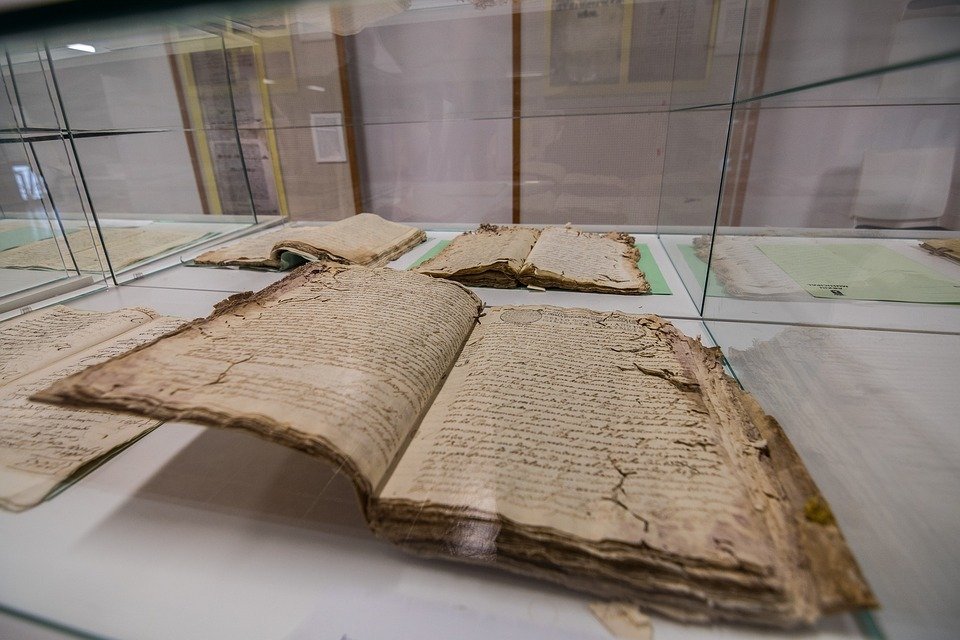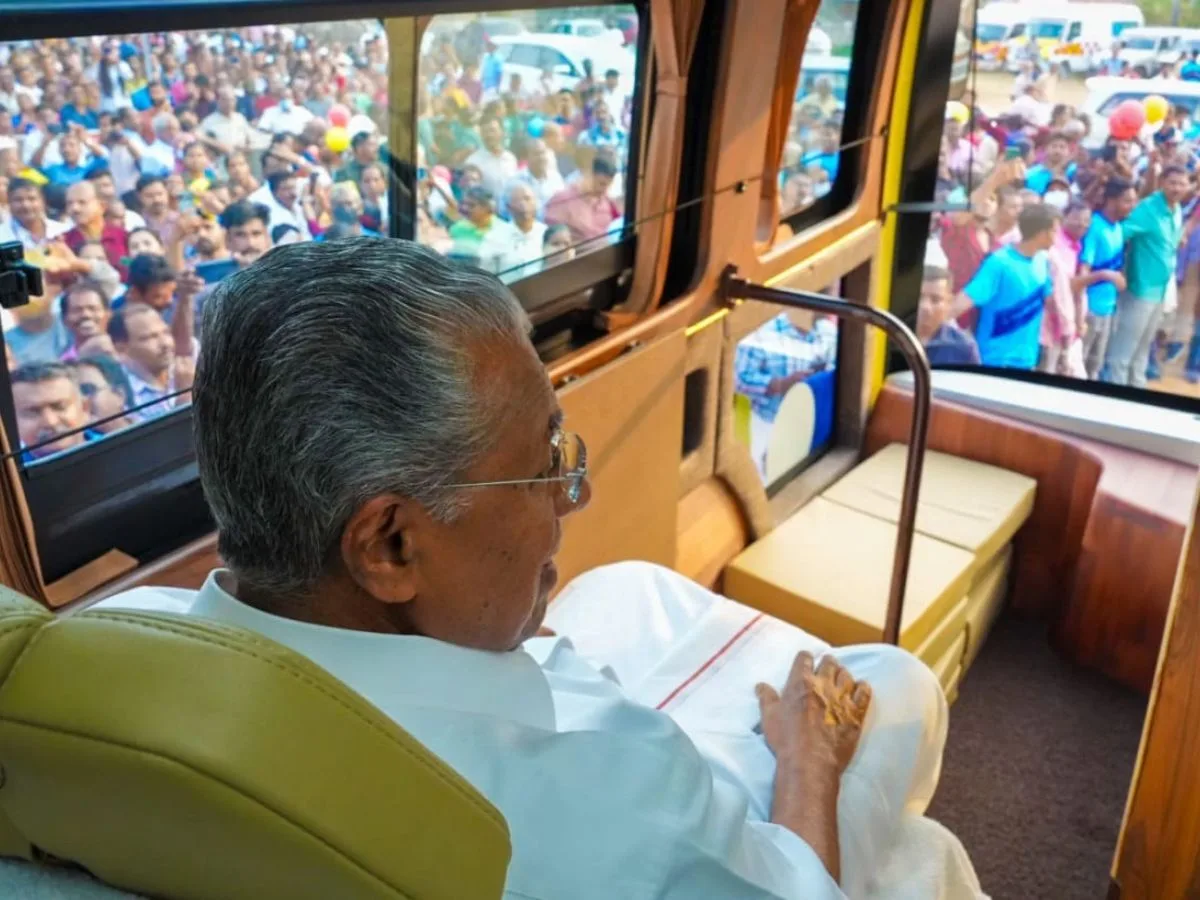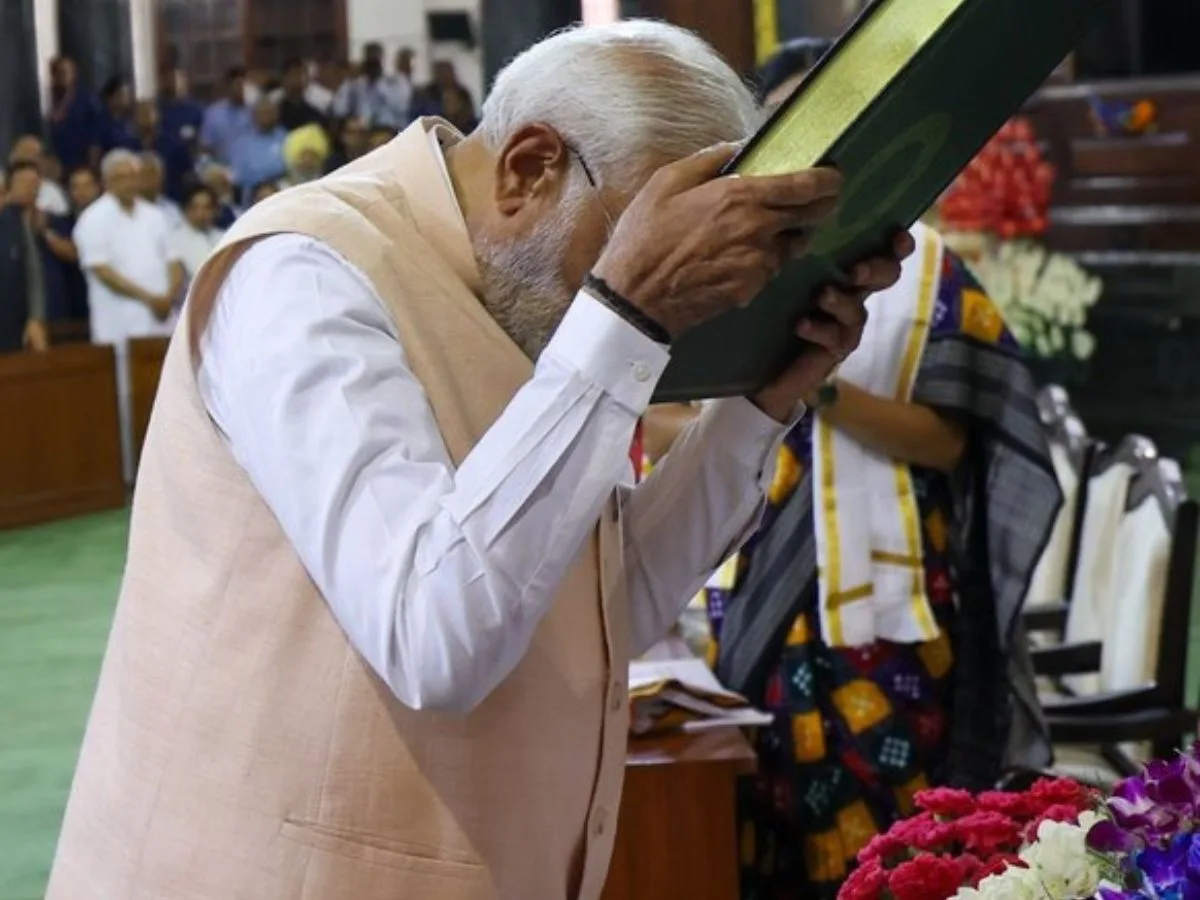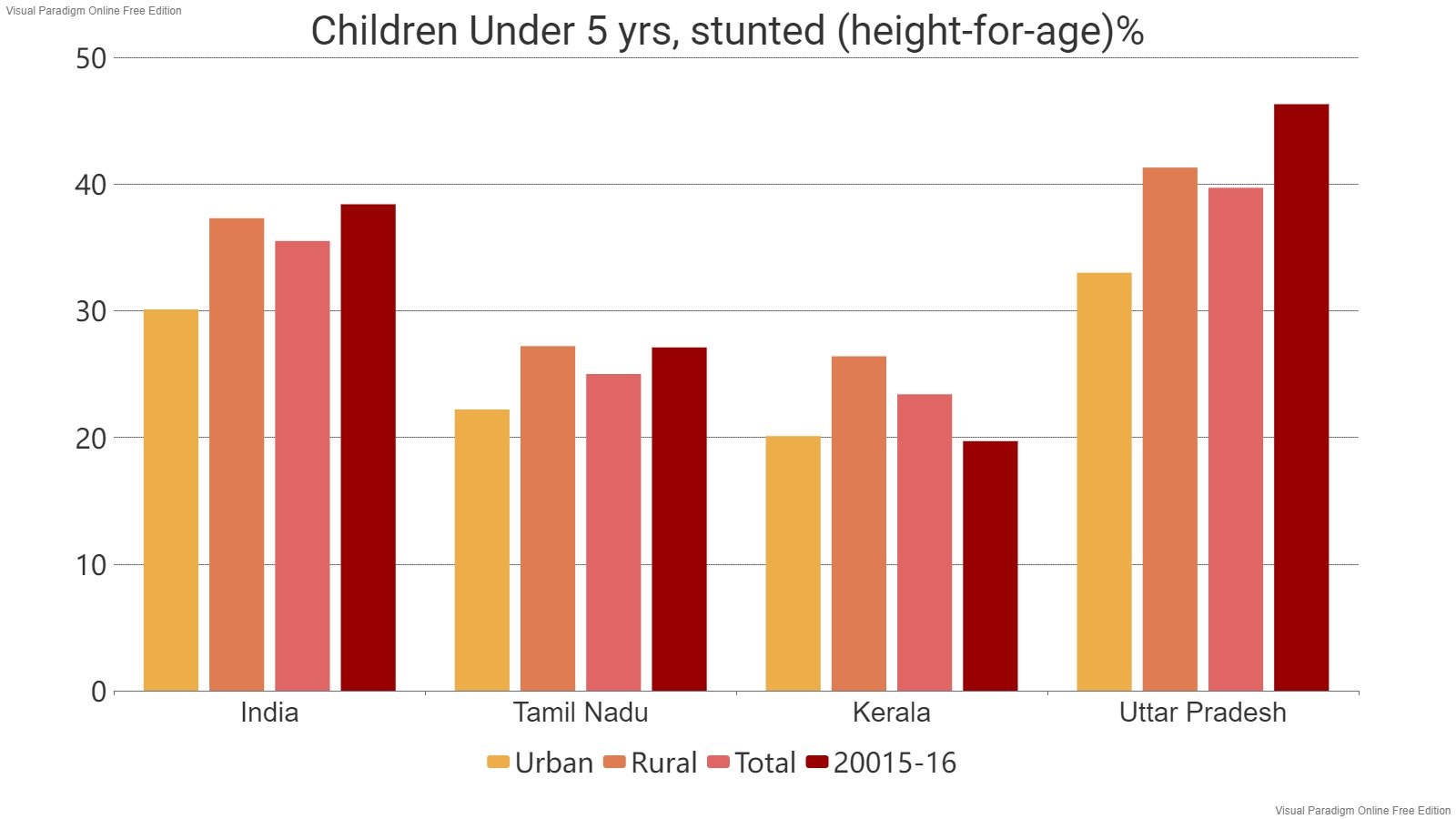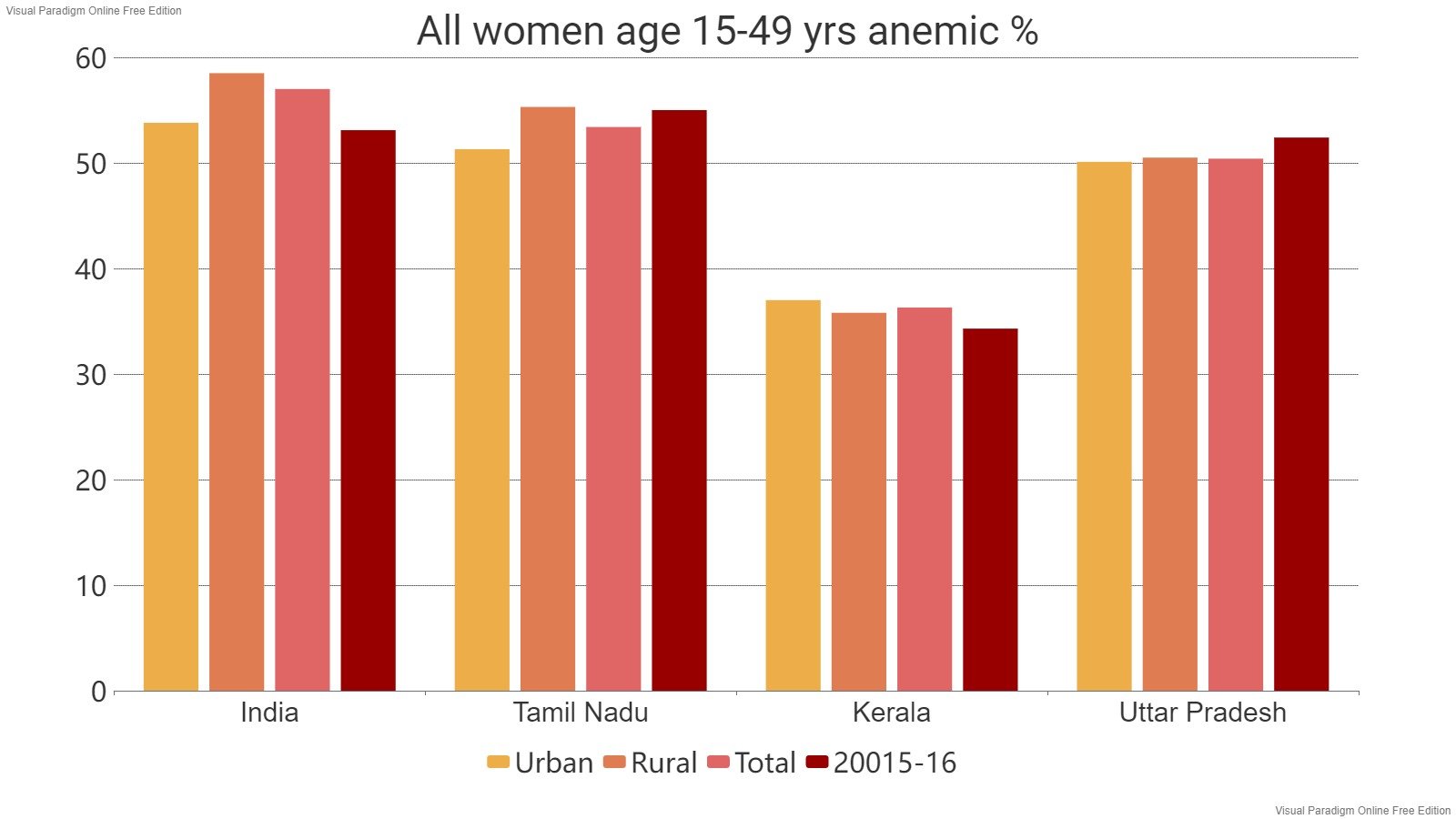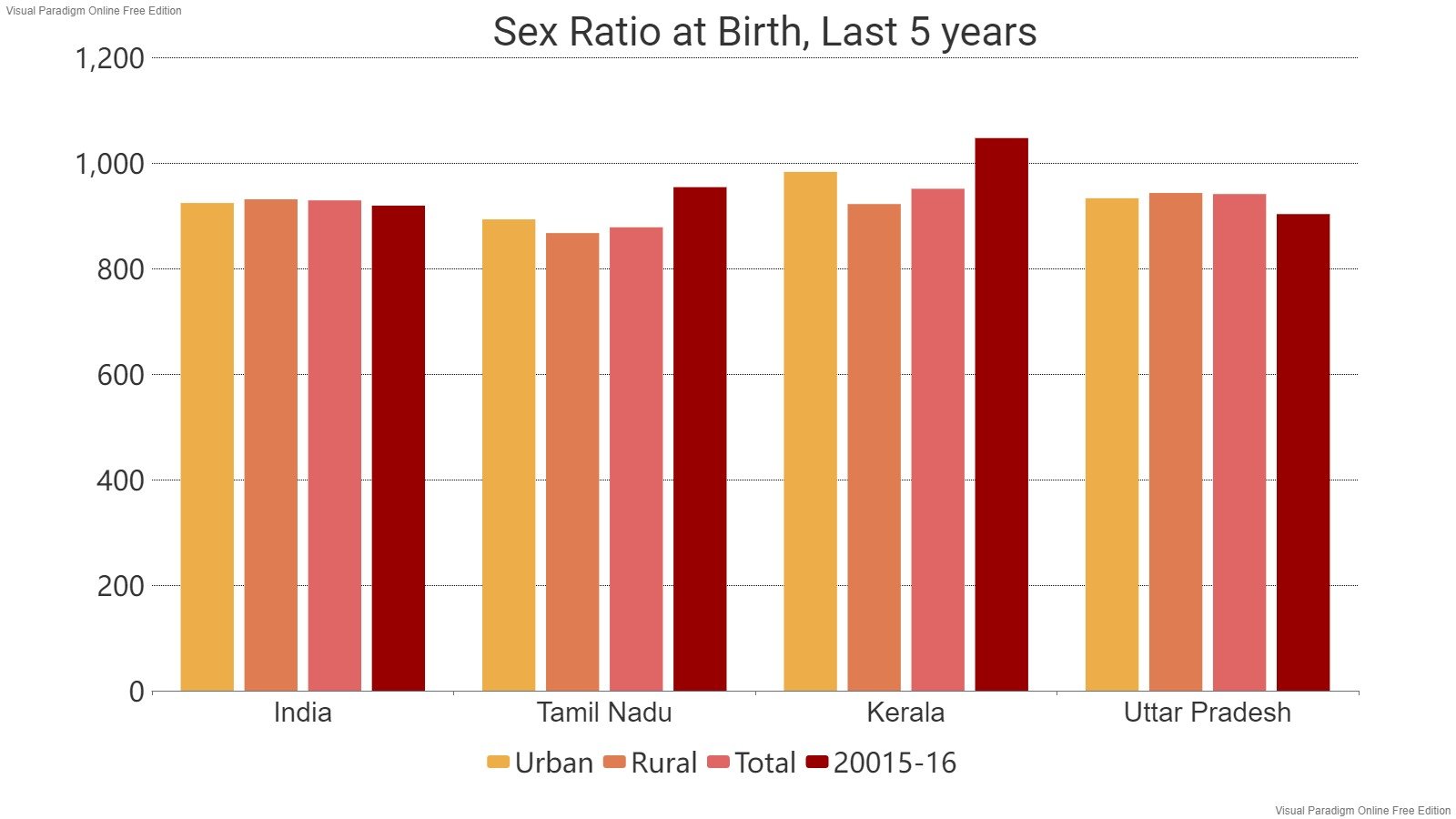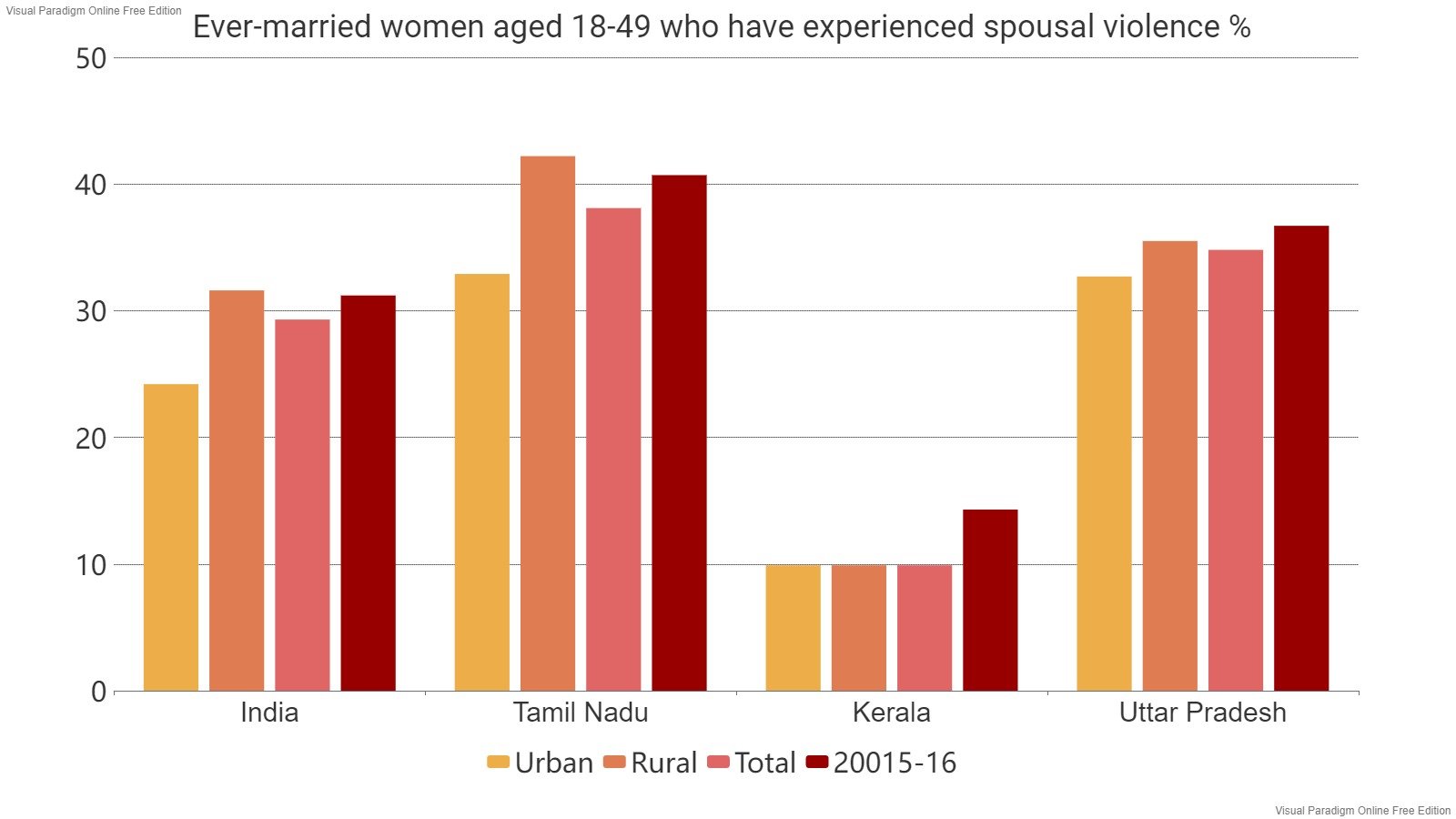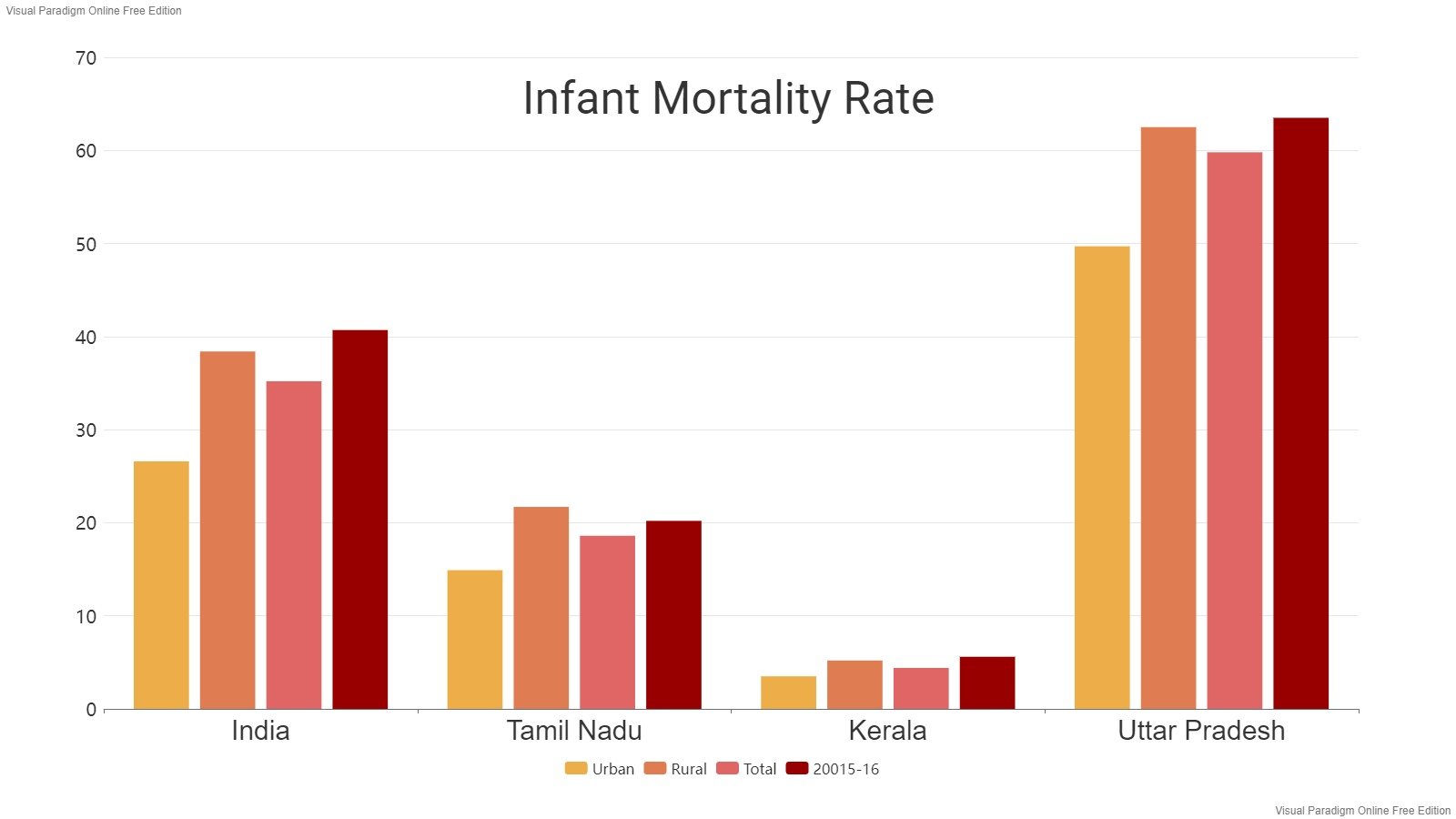Read in : தமிழ்
S S Davidson from Nagercoil was a bird watcher, wildlife activist and social activist who worked among the Kani tribe of Western Ghats. He died this June after a brief illness. He left behind some 800 pictures of birds which he loved most. The family is planning to turn the pictures into a book but this is not easy. There is no classification of the birds and it would take some time and effort for the family to turn the pictures into a book.
Like Davidson, there are hundreds of people who collect various things starting from coins to rare documents. What happens when the collector of these items is gone?
In the case of books, the kin, if not interested, dispose them by giving them away to libraries. Even rare books are sold to old book sellers or disposed of as paper pulp, say people involved in the industry. Some families realizing the value of books take the pain of handing over such books to libraries.
In the case of coins, numismatists have their own dynamics. The collector coins, when they are rare, have a huge monetary value. They can be sold to numismatists, says C Santhalingam, retired archeologist. In case of artifacts, the families can hand them over to nearby government museums, he said.
There is no clarity on documents people collect. Another tragedy that can strike private collectors is natural calamities.
But there is no clarity on documents people collect. Another tragedy that can strike private collectors is natural calamities. For instance, librarian and scholar Rengiah Murugan lost his collection of publications about non-Brahmin mutts in Tamil Nadu during the 2015 Chennai floods. His collection also included 2,000 rare photographs of tribes in the Northeast and the Himalayas, photocopies of rare documents and interviews. Folklorist Sivasubramanian has lost a good number of his collections to rat attacks.
Archiving, the art of colonial rulers
Our archive history is not very long. Mughal rulers did have some form of documenting the daily court proceedings. But the repository of such documents is hard to come by now. It is reasoned that the violent quelling of the 1857 uprising by the British East India Company destroyed many records.
But the colonial rulers, starting from Portuguese to British, created meticulous archival records. Such documents stocked in the major libraries and repositories in the West are treasure troves for historians. Folklorist Sivasubramanian says that we have not paid much interest to the archived documents of Portuguese, Dutch and Danish like we did with French and English.
The British administrators prepared the Madras Native Newspapers Report every day. In addition to English, regional newspapers published in Malayalam, Tamil, Kannada and Telugu were translated and filed. “They translated every poem of Bharathi and archived it,” says Sivasubramanian.
One among the duties of every district collector and magistrate was to file a fortnightly report of their respective district. Everything starting from rainfall to riots was documented by the British collectors. For instance, the district collectors along the coastal districts documented even types of fish and season. A British collector has documented the correlation between failed monsoon and deteriorating law and order. “We are not so organized when it comes to documenting like our British rulers,” says Sivasubramanian.
How does archiving help?
British Raj established the Imperial Records Department in erstwhile Calcutta (now Kolkata) in 1891. After the British left, the Indian Government maintained it as the National Archives of India. The department functions under the Ministry of Culture. All the non-current documents of the government are documented in this repository. The government of India is digitizing the archives and making them available to the public under the Abilekh Patal initiative.
Apart from the government records, National Archives of India has the private papers of national leaders like Mahatma Gandhi, Rajendra Prasad, Sardar Patel and others. The Indian National Army records are also available.
The British administrators prepared the Madras Native Newspapers Report every day. In addition to English, regional newspapers published in Malayalam, Tamil, Kannada and Telugu were translated and filed.
State governments have archiving departments where government records are archived. The designated staff archive these documents scientifically and digitize them.
The central government also published the archives as books. Researchers say that such archives are treasure troves. They have always encountered something curious and unexpected while searching the archives.
Private archiving in India
Professor Jayaseela Stephen is one among the experts in archiving. He has studied the Portuguese archives for his research. He was contacted when Tata & Sons wanted to establish private archives. The Tatas established a state-of-the-art private archive at Pune. All the documents pertaining to Tata & Sons and their group of companies are scientifically archived in this facility.
Stephen said that private archiving in India is at an infant stage. Apart from the government, the Christian Missionaries followed the scientific archiving system in India. For instance, the Madurai Jesuit Province preserved all their documents dating back to 1606, when Robert De Nobili established the Madura Mission, at their Shenbaganoor campus in Kodaikanal. Similarly, the Church of South India has a private archive of their missions at Chennai.
It is worth exploring the idea of private archiving facilities in Tamil Nadu. Private repositories could be established to stock the collections of individuals.
Read in : தமிழ்
